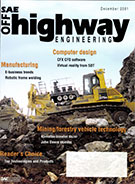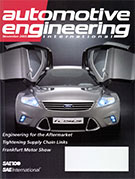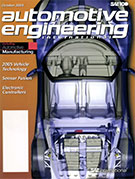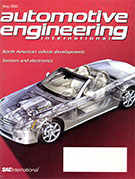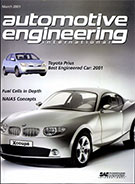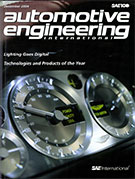Magazine
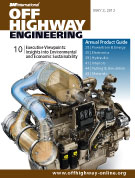
SAE Off-Highway Engineering 2012-05-03
2012-05-03
Perkins Insights into sustainability: Environmental, economic, and/or societal goals for a successful, and long-lasting, off-highway industry. - Sustainability matters Cummins Insights into sustainability: Environmental, economic, and/or societal goals for a successful, and long-lasting, off-highway industry. - Ready for more Eaton Insights into sustainability: Environmental, economic, and/or societal goals for a successful, and long-lasting, off-highway industry. - Unskew the talent system and build a sustainable future Sauer-Danfoss Insights into sustainability: Environmental, economic, and/or societal goals for a successful, and long-lasting, off-highway industry. - Value-added engineering takes time out of the equation Bosch Rexroth Insights into sustainability: Environmental, economic, and/or societal goals for a successful, and long-lasting, off-highway industry. - Focusing on technology, for sustainability Mentor Graphics Insights into sustainability: Environmental, economic, and/or societal goals for a successful, and long-lasting, off-highway industry. - Knowledge-keep it, don't lose it Dana Insights into sustainability: Environmental, economic, and/or societal goals for a successful, and long-lasting, off-highway industry. - Sustainability driven by technological innovation and global footprint MathWorks Insights into sustainability: Environmental, economic, and/or societal goals for a successful, and long-lasting, off-highway industry. - Moving toward sustainable product development with model-based design TDT Insights into sustainability: Environmental, economic, and/or societal goals for a successful, and long-lasting, off-highway industry. - Aerodynamic design methodology meets commercial challenges in off-highway industry


